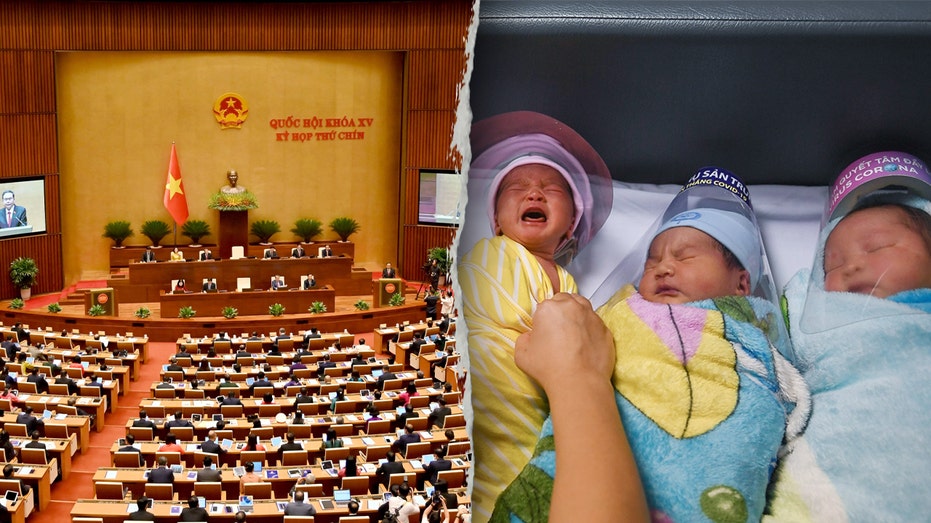Communist Nation Abandons Decades-Old 2-Child Policy Amid Alarming Birth Rate Decline
Vietnam scraps its two-child policy amid declining birth rates and a gender imbalance of 111 boys to 100 girls in 2024.

Vietnam has officially ended its decades-long two-child policy in an ambitious attempt to rejuvenate its aging population and reverse a declining birthrate. The country’s National Assembly passed a new amendment, formally eliminating the restriction that discouraged families from having more than two children. This significant policy change was heralded by state media as a pivotal move toward confronting looming demographic challenges.
For years, Vietnam has grappled with a waning birthrate. State reports indicate that the average number of children born per woman dropped to 1.91 in 2024, falling below the replacement rate of 2.1. The downward trend is even more pronounced in major urban centers such as Hanoi and Ho Chi Minh City. Experts attribute this decline to rising living costs and the increasing challenges young couples face when raising larger families.
Vietnam’s family planning policies have a long and complex history. Originally introduced in the 1960s in the north of the country to curb rapid population growth, the two-child limit became the national norm after reunification in 1975. Authorities promoted the policy, aiming for what they called a “golden population”—a demographic sweet spot thought to maximize economic opportunity and stability. The policy was only formalized in 1993, setting the stage for over a generation of reproductive limitations.
Demographic data illustrate the seismic shift over recent decades. According to the United Nations Population Fund, the portion of citizens under 15 has plummeted from 43% to less than 25% of the overall population. In contrast, those aged 15-64 now comprise nearly 70%, up from 53%. While the country experienced modest increases in its birthrate between 2003 and 2013, a dramatic decline resumed in the subsequent years, raising alarms about the long-term effects on Vietnam’s workforce and social programs.
Today, Vietnam boasts a population exceeding 101 million people, ranking it among the world’s most populous nations and making it the third-largest in Southeast Asia. However, the country’s so-called "golden population structure"—where the ratio of working-age citizens peaks—is expected to last only until around 2040, after which the proportion of elderly will rise sharply.
The Ministry of Health has also voiced concern about a growing gender imbalance, fueled in part by gender-selective births. The ratio of boys to girls at birth has increased from 103 to 111 boys per 100 girls over the past two decades. In response, authorities are contemplating stricter penalties for gender-selective practices, with proposed fines set to rise significantly in an effort to curb this trend.
Vietnam’s shift away from a restrictive population policy mirrors similar developments in other regional powers. China, for example, dismantled its one-child policy incrementally, but even after permitting families to have two or three children, authorities have struggled to spark a significant increase in births.
The end of the two-child policy marks a new chapter for Vietnam. Government officials hope that the removal of restrictions will encourage young families to have more children, thereby addressing the mounting pressures of an aging society and safeguarding the nation’s future economic growth.




